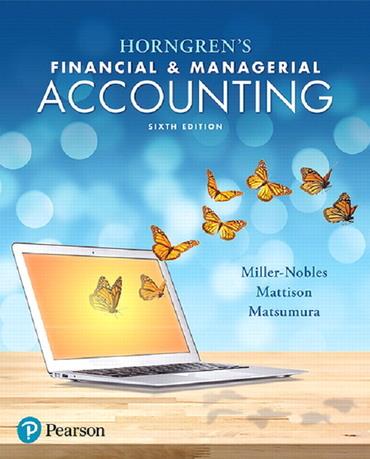SECTION C CASE STUDY Activity-based costing; traditional costing; manufacturer Total marks for this question: 20 marks [Suggested time: 35 minutes] Laikim Kato Pty Ltd manufactures a wide range of delicious cakes and pastries. At the annual Christmas party, the company's owner, I.M. Kato' treated his employees to a nostalgic review of the firm's history, he told them. Twenty years ago, we had only three product lines - pies, finger buns and lamingtons. We were flat out producing large volumes of each product, using very simple machinery and a lot of hard work. My! How times have changed! We still make and sell a lot of pies and lamingtons, but we also produce a wide range of low-volume lines, such as Danish parties, doughnuts and vanilla slices. I hear you sighing, and no wonder, these low-volume products are a pain in the neck. They are complex to produce and their short production runs involve a lot of extra machinery setups and material handling. Bu the accountants tell me that these speciality lines have wonderful profit margins so we must not complain. Kato then outlined the dramatic changes that had occurred within the business over the past 20 years. In the factory he had seen the introduction of computer-controlled mixing machines and ovens that replaced a lot of the direct labour operations, and an increased emphasis on quality and delivery performances. Indeed, right across the business, more and more effort had been placed to keep customer happy. However, his speech cast a gloomy shadow across the Christmas festivities when he warned. Despite all this progress, the company seems to be struggling. Our profits are declining, and if things don't improve over the next few months, this may be our last Christmas together. To survive, we must all work very hard. We must forecast on increasing sales. particularly of our high-margin speciality products The company's management accountant, Lani Tanne, had become concerned about the conventional product costing system Craving for Cakes. The manufacturing people were also sure that the costing system was distorting product costs. REQUIRED: 1. Describe the changes in cost structure that are likely to have occurred at Craving for Cakes over the last 20 years and explain their causes. 6 marks 2. Do you thing that the existing costing system understates or overstates the cost of a. Lamingtons b. Danish pastries? Explain your answer. 5 marks 3. Activity-based costing has the potential to improve the accuracy of product costs, however, it is important for management to understand its limitations. Assist Tanne identify and sufficiently explain the three limitations. 9 marks







